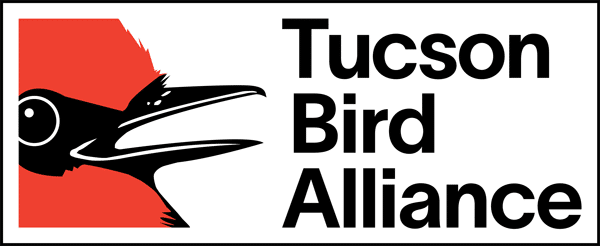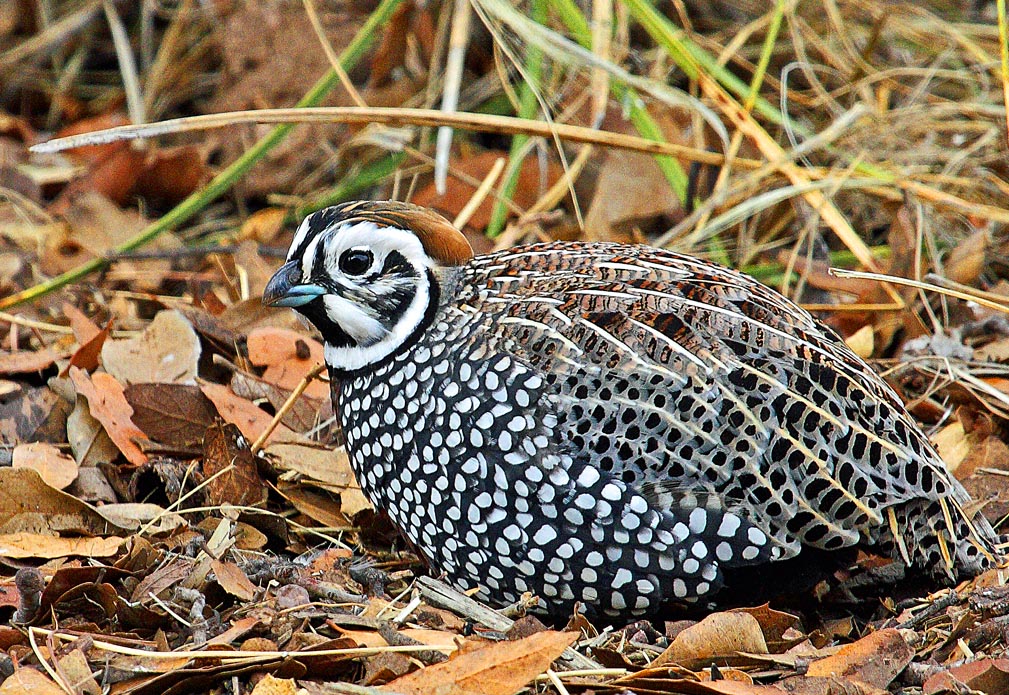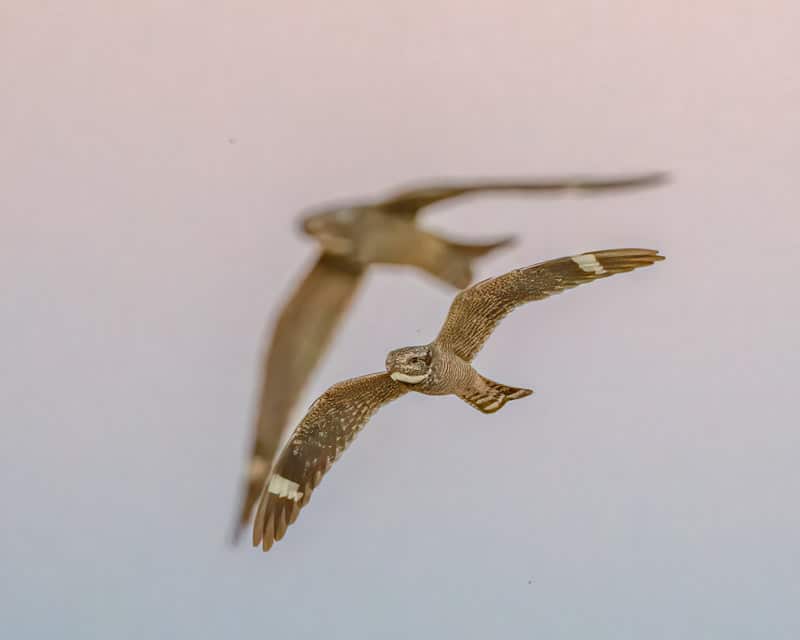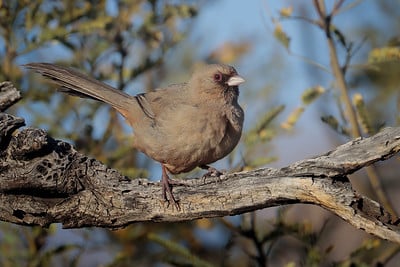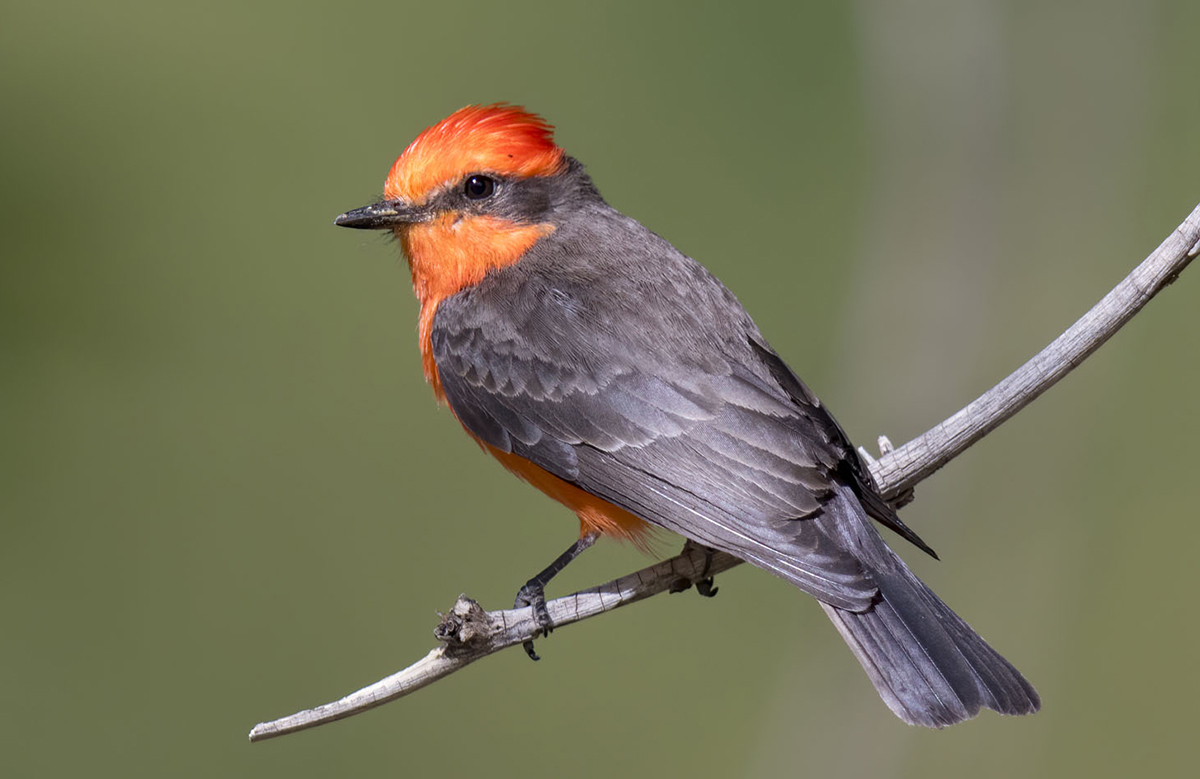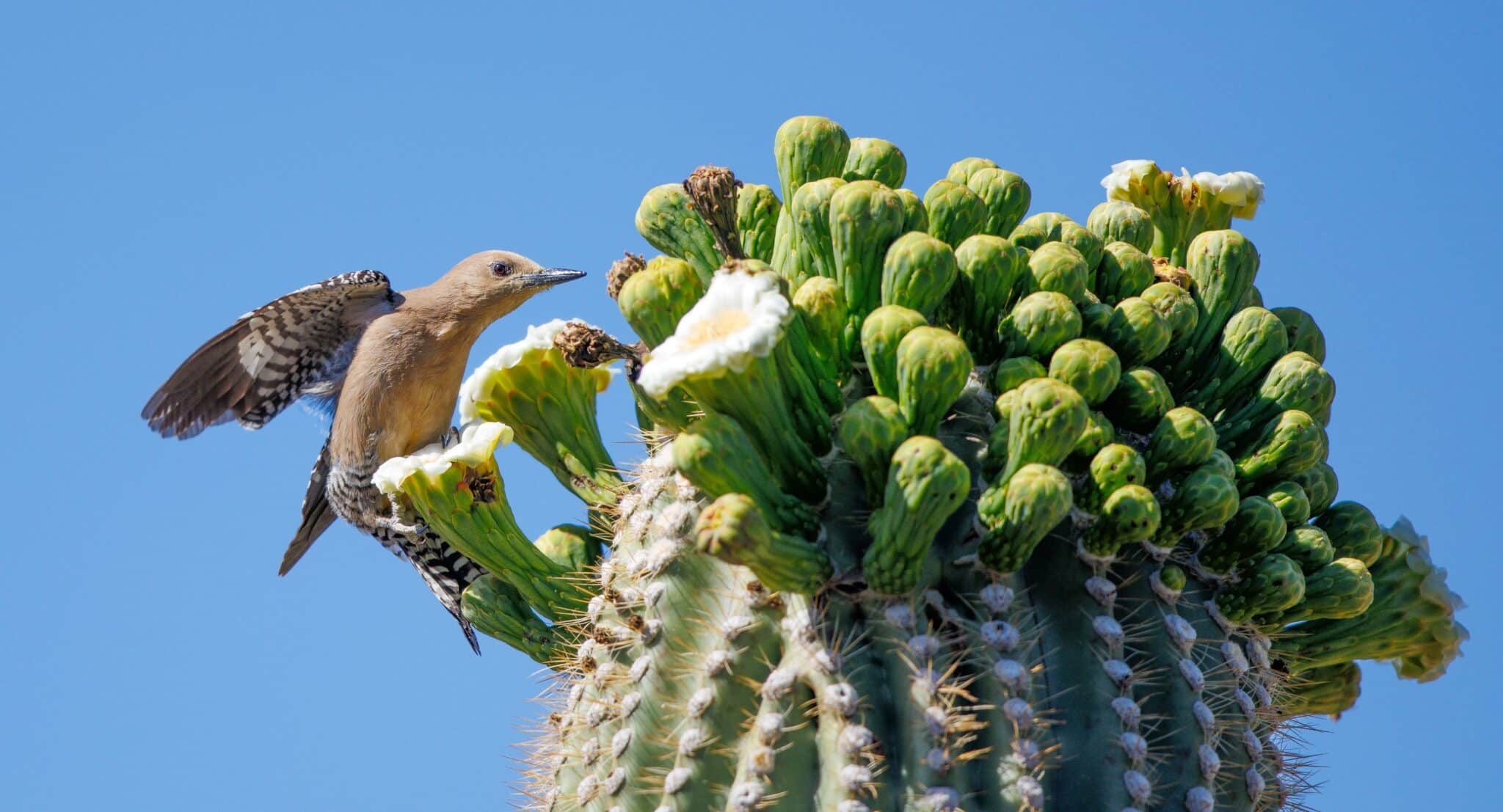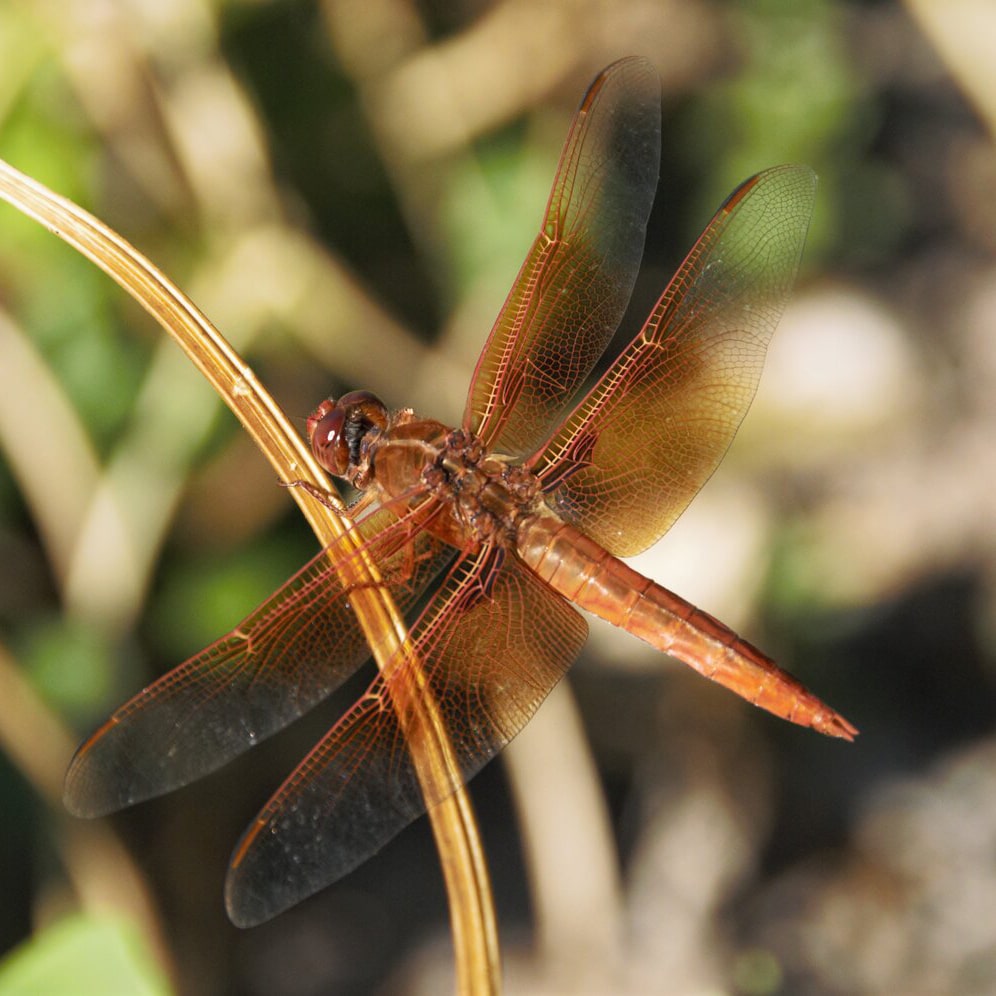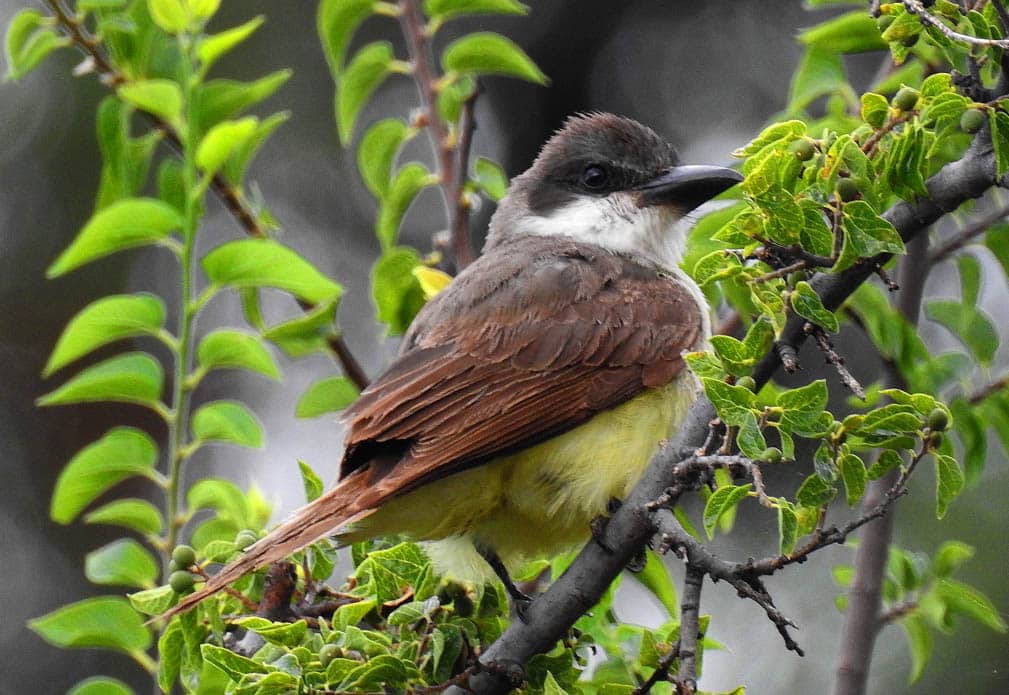Difficulty: Hard (Round-trip hiking distance of about 2.5 hot miles, over very uneven tread and multiple, wet stream crossings. About two hour drive on some rough road. We will be away from the vehicle for at least 4 hours.)
Rugged, remote Sycamore Canyon is legendary among birders for the rarities it has harbored over the years, as well as for its scenic terrain. This steep-sided canyon is in the Pajarito Wilderness Area of Coronado National Forest. It drains southward into Mexico, crossing the international border 5.6 miles from the trailhead off Ruby Road, west of Nogales. Along the way we’ll encounter species typical of Oak-Juniper and Riparian habitats, with the potential to see Elegant Trogon, Mexican Jay, and Montezuma Quail. Lunch included. Limited to 8 participants.
Elegant Trogon by Shawn Cooper
